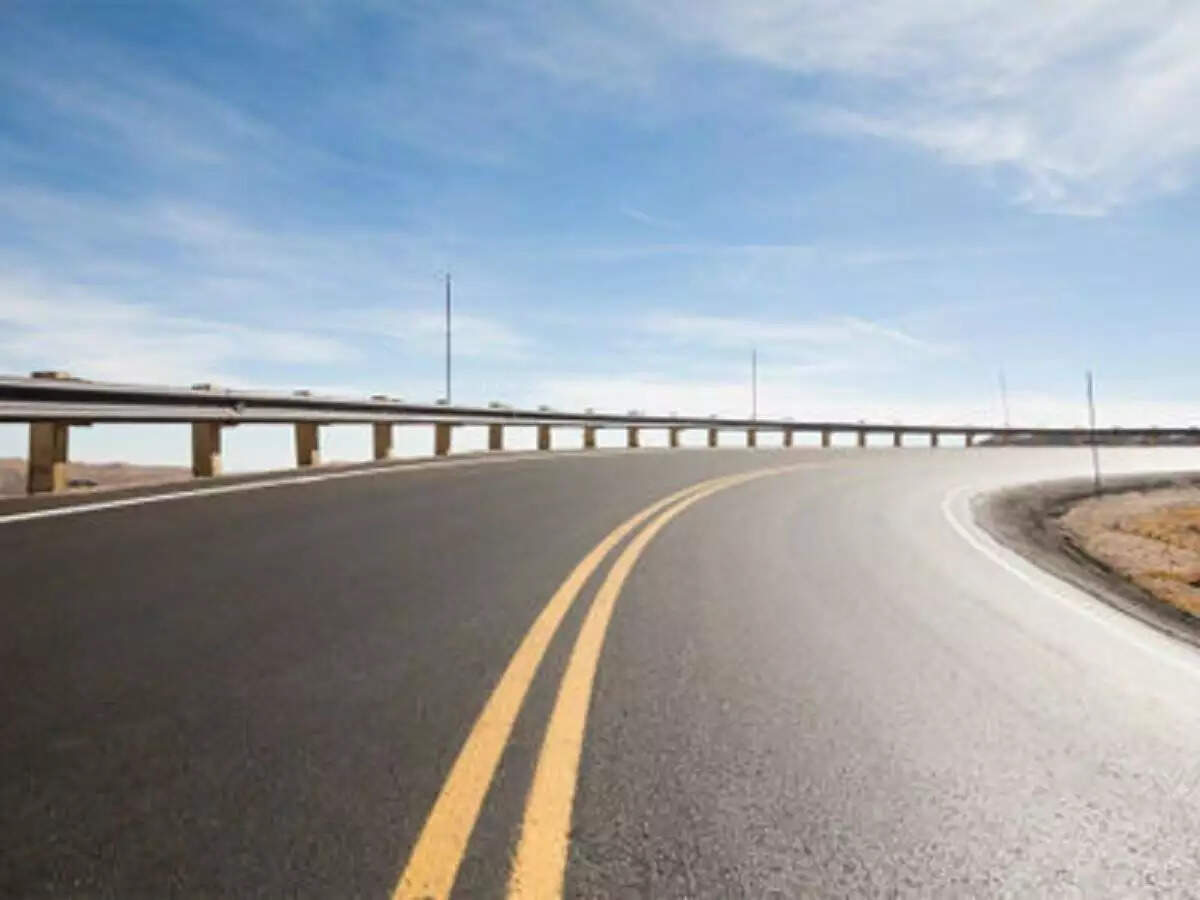
The debt of the National Highway Authority of India (NHAI) is sustainable with long-term visibility for cash flows. According to transport secretary Armane Girdhar, the expenditure for building these highways through budgetary support will be recovered through higher tax revenues.
Responding to a query on the higher budgetary outgo for developing highways, Girdhar told ET, “The GDP multiplier effect will be almost 2.5 to 3 times as per a World Bank study, hence the tax avenues for the government will also be increasing to finance new infrastructure projects.”
“NHAI, as a rule, does not take up unviable projects, hence this borrowing by NHAI is always supported by future toll revenues,” he added.
NHAI had closed the financial year 2021-22 with a total outstanding loan of Rs 3.48 lakh crores. This is significantly higher than the Rs 23,796.60 crores debt of NHAI on March 31, 2014. The increased debt liability is on the back of speedier highway construction in the country.
The pace of annual construction of national highways has risen from 12 kilometres per day in 2014-15 to 37 kilometres per day in 2020-21. The pace slowed to 28.64 kilometres per day in 2021-22 due to the Covid-19 pandemic, but now the target for 2022-23 is 50 kilometres per day. Transport minister Nitin Gadkari has also publicly spoken of taking the speed of highway construction to 100 kilometres per day.
To enable this record speed of construction, the centre has been pouring in funds from its coffers. The budgetary allocation for the ministry of road transport and highways rose by 68% to ₹1.99 lakh crores in the Union Budget 2022-23. This higher budgetary outgo will result in nil additional borrowing by NHAI in the current fiscal.
The decision to entrust NHAI with negligible additional borrowing during a year is significant as it is to be a move to trim the massive debt of the authority. NHAI also aims to rake in Rs 40,000 crores annually as toll revenue that will be used to pay back the existing borrowing.
In 2020-21, NHAI made a total payment of Rs 25,496.67 crores for debt servicing. This included an interest payment of Rs 18,839.67 crores and principal of Rs 6,657 crores.
According to officials in the know, the trend of higher financing highway projects of NHAI through the union budget is likely to continue till Budget 2027-28. This likely to be followed by a saturation of Greenfield highway projects in the country and the pace of fresh construction is expected to taper then.
“NHAI builds four lane and above expressways. These kinds of roads are being built because of the existing demand, which in turn means that they are tollable. The standing finance committee ensures that all the projects sanctioned by NHAI have a payback period of 15 to 25 years. This is a norm for the infrastructure projects,” Girdhar said.